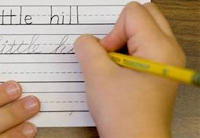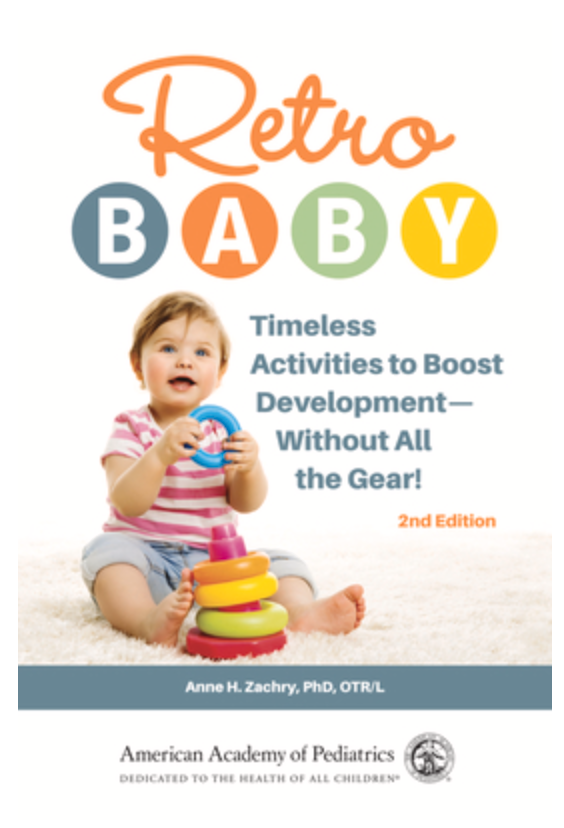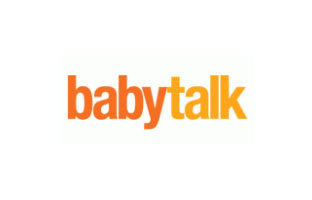Writing is a multifaceted activity in which a child has to pay attention to many separate tasks at one time. Initially, a child has to think of a topic about which he is going to write, or formulate an idea for the text. He has to remember how to form each letter, and make sure to write the letters in the designated space and in the correct sequence on the page. Finally, there are the rules of spelling, grammar, and punctuation that must be attended to- all of this while staying focused amidst the many distractions that might occur. Considering all of these components, it’s no wonder that many children find handwriting to be a challenging task.
The foundation for good fine motor skills is postural control, so this is usually the first area that I assess when a student is referred to me for poor handwriting skills. If core weakness is present, the child will most likely have difficulty sitting at a desk with a proper “handwriting posture.”
Once I know that postural stability is being addressed, I typically look at some of these basic hand skills:
- Can the child rotate a pencil with one hand to use the eraser?
- Can he bring coins from the palm out to the fingertips, as if putting money in a soda machine?
- Can he perform that same task, with several other coins held in the palm, while bringing each coin out one at a time?
- Can he pick up a handful of change from a table, one coin at a time, bringing each coin into the palm and storing it while picking up the rest?
- Is he able to rapidly and sequentially touch the tip of each finger to the thumb?
If the child has problems with any of these skills, it might be an indication that there is weakness in the muscles of the hands and fingers. In my next post, I will share some activities that are great for strengthening the muscles of the hands and for improving fine motor coordination.










